2026 RockShox SID SL & Reba
Travel Options: 100 & 110 mm
Wheel Size: 29’’
Stanchion Diameter: 32 mm
Spring Type: Air
Stated Weight: 1,390 g
MSRP:
- SID SL Select: $759 / €819 / £739
- SID SL Ultimate: $989 / €1,079 / £959
- SID SL Ultimate Flight Attendant: $1,499 / €1,499 / £1,339
Travel Options: 100, 110, 120, & 130 mm (80 mm version available on complete bikes)
Wheel Size: 27.5’’ & 29’’
Stanchion Diameter: 35 mm
Spring Type: Air
Stated Weight: n/a
MSRP:
- Reba Gold: $ 549 / €545 / £485
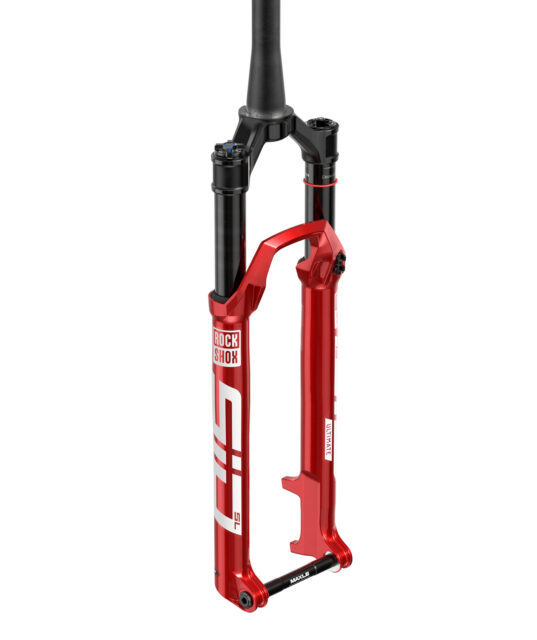
Intro
RockShox last updated their high-end XC forks, the SID and SID SL, about two years ago, and while they’re holding steady on the standard SID (for now, anyway), there’s now a new version of the lighter, marathon-oriented SID SL, featuring a new chassis and some other updates.
At the other end of the budget spectrum, RockShox is also launching a new version of their Reba XC fork — with some interesting options tailored to commuter eBikes and the like. Let’s see what they’ve come up with.
Design & Features: SID SL
The top-level design details of the SID SL haven’t changed much. It still has 32 mm stanchions and is offered with 100 or 110 mm of travel, for 29’’ wheels only. The damper options carry over unchanged, too. (More on those in a minute.)
The chassis is new, though, despite the similarities in specs and aesthetics to the prior-generation version. RockShox says they’ve increased the amount of bushing overlap to increase chassis stiffness and reduce friction. Tire clearance has also been improved, with room for up to a 2.4’’ one.
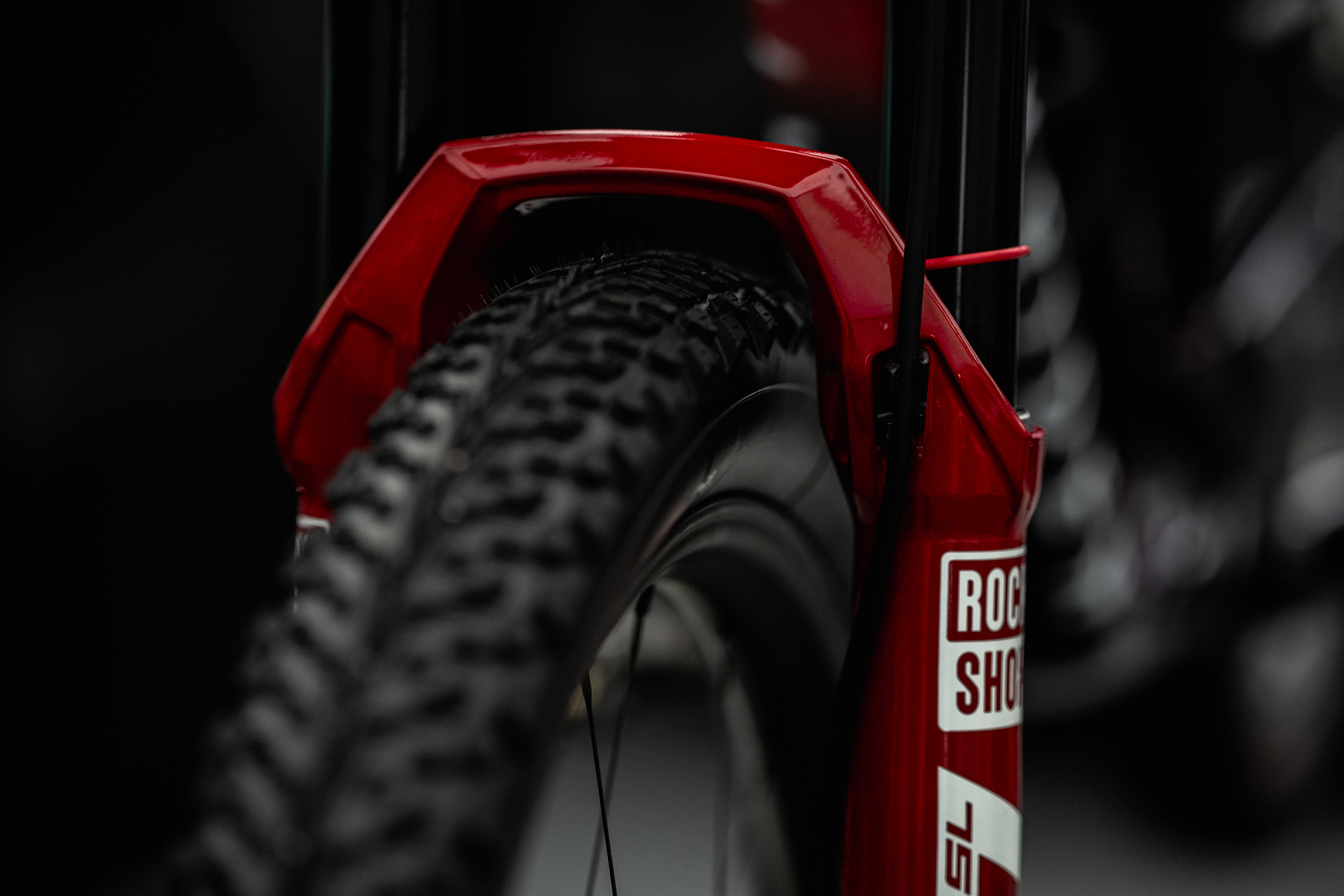
The beefed-up chassis has added a little bit of weight — RockShox lists the new SID SL Ultimate at 1,390 g vs. 1,352 g for the outgoing version — but RockShox says it’s still the lightest 110 mm travel fork on the market. (The Fox 32 SC is about 100 g lighter, but tops out at 100 mm travel.)
Versions
The SID SL is offered in RockShox’s typical tiers, with the base SID SL as the entry-level version, and the SID Select, SID Select+, and SID Ultimate as the fancier options as you move up the food chain.
SID SL
The base SID SL gets RockShox’s most basic XC damper, the Rush RL. It’s offered in two- and three-position versions; the three-position version features Open / Pedal / Lock modes, while the two-position option drops the middle Pedal mode. Both versions are offered with either a remote to toggle between the compression modes, or with a standard crown-mounted knob, and all feature adjustable rebound The SID SL is offered OE only (i.e., only on complete bikes, rather than being sold aftermarket).

SID SL Select
The SID SL Select gets an upgrade to the more sophisticated Charger damper, with the same compression setting options as the base SID SL (i.e., two- or three-position versions, with or without a remote). The SID SL Select is available aftermarket for $759 / €819 / £739.
SID SL Select+
The SID SL Select+ gets RockShox’s highest-end XC damper, the Charger Race Day 2, which carries over from the prior-generation SID SL. As with the lower-end versions, it’s offered in two- or three-position options, with or without a remote. The SID SL Select+ is only available on complete bikes.
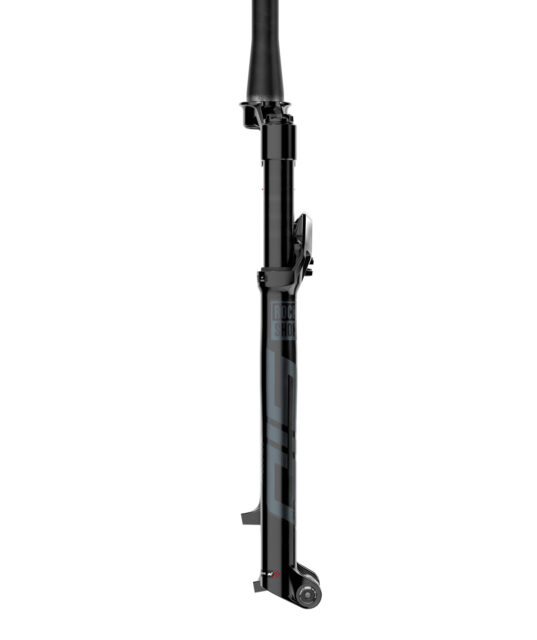
SID SL Ultimate
The top-tier SID SL Ultimate gets functionally the same Charge Race Day 2 damper as the Select+ version; the Ultimate-tier option just gets a little extra machining on certain parts to save a few grams. The SID SL Ultimate also gets a lighter crown with some extra machining and an anodized finish (vs. painted) to save a little more weight. It’s also offered in Electric Red and is available aftermarket for $989 / €1,079 / £959.
SID SL Ultimate Flight Attendant
There’s also a Flight Attendant version of the SID SL Ultimate, which substitutes the crown or remote lockout control for RockShox’s automatic electronically-controlled Flight Attendant setup (again based on the Charger Race Day 2 damper found in the SID SL Select+ and Ultimate). The Flight Attendant version of the damper gets all three modes (Open, Pedal, and Lock), though RockShox will be releasing updated firmware later in 2025 that will allow the rider to disable either the Pedal or Lock mode if desired.
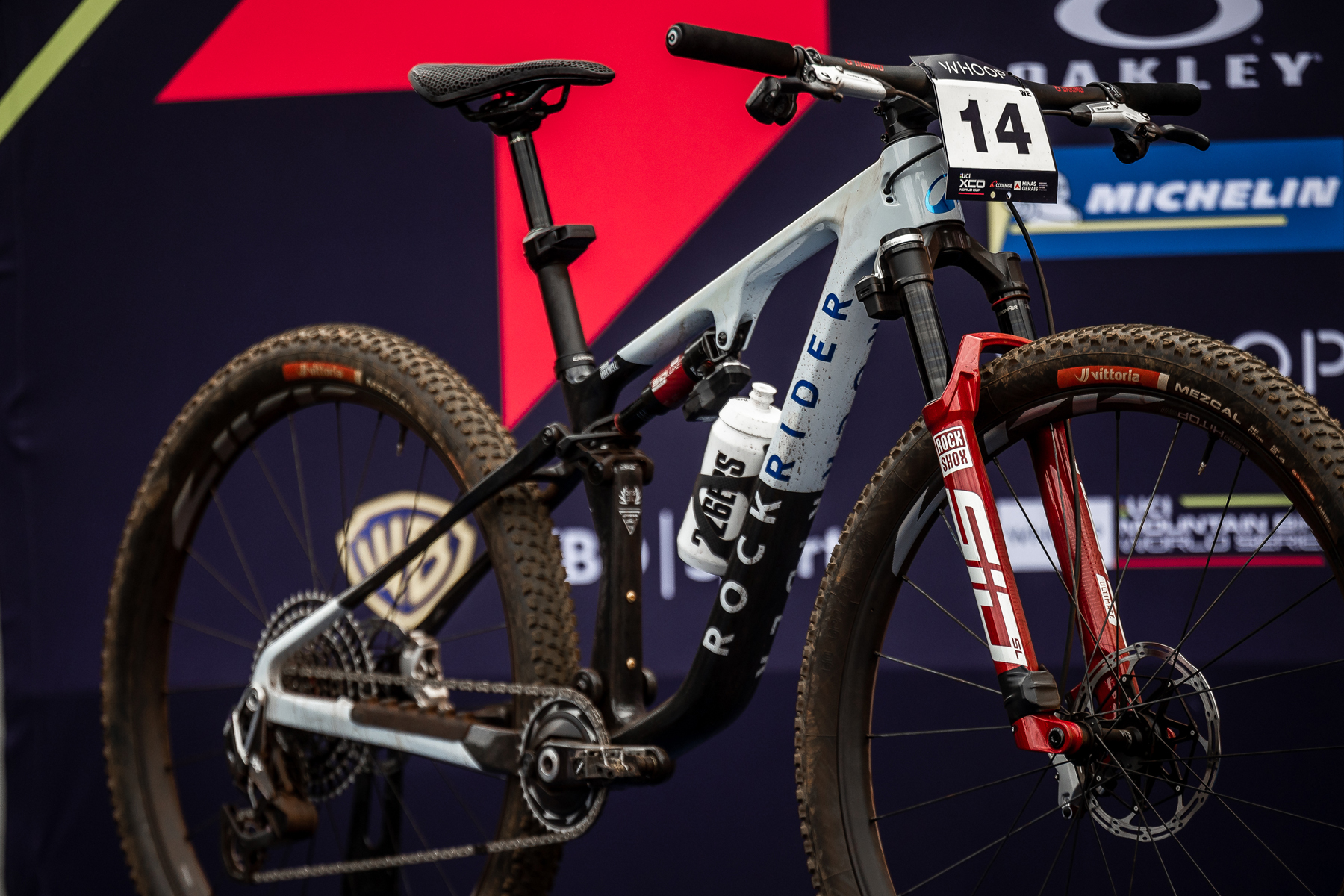
The Flight Attendant version of the SID SL requires a SRAM pedal sensor (either a power meter crank or a more basic version that installs into a SRAM DUB bottom bracket spindle) to work. It’s also meant to be paired with the SIDLuxe Flight Attendant shock, though there is now a hardtail mode available in the firmware as well. That is, of course, intended for bikes without a rear shock of any sort, though it presumably would also work if you want to run the SID SL Ultimate Flight Attendant without the corresponding SIDLuxe Flight Attendant shock.
[Check out our First Look on the original SID SL and SIDLuxe Flight Attendant for a lot more info on that system.]
Design & Features: Reba
RockShox has also updated their budget XC fork, the Reba. It’s got an updated chassis with 35 mm stanchions that RockShox says is derived from the standard SID (rather than the SID SL). It’s offered with 100 to 130 mm travel in 10 mm increments, plus an OE-only 80 mm travel option meant for hybrid bikes.
The Reba is offered in two main versions, with the option for standard lowers or ones with mounts for a Bosch eBike ABS and full-coverage fenders. Only the non-ABS version of the higher-end Reba Gold is available aftermarket; the ABS-prepared Reba Gold and both versions of the Reba RL are sold on complete bikes only.
Reba Gold
The Reba Gold uses RockShox’s Isolator damper, which gets adjustable rebound and a three-position Open / Pedal / Lock compression adjuster. Remote and crown-mounted versions are available.
Reba RL
The OE-only Reba RL uses the same chassis and air spring as the Reba Gold, but with a Motion Control RL damper (lockout and adjustable rebound only). It’s also offered in crown and remote versions for the lockout.
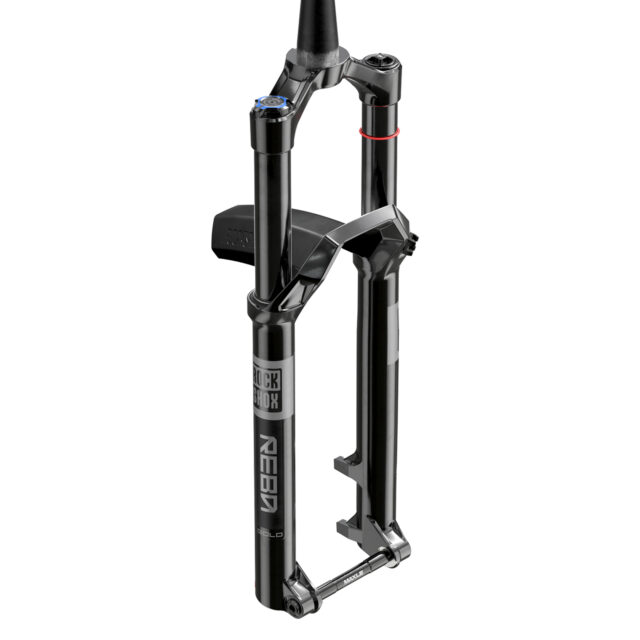
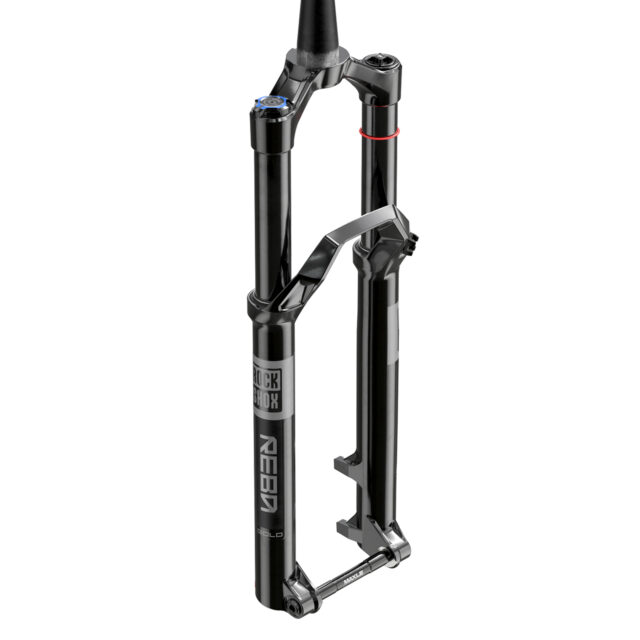

Some Questions / Things We’re Curious About
(1) How significant are the changes to the SID SL chassis, and how does it stack up against other XC forks — both direct competitors like the Fox 32 SC, and beefier options like the SID and Fox 34 SL?
(2) Along those same lines, how often will RockShox’s athletes be racing the SID SL vs. the standard SID, and under what conditions will they go one way or another? XC race bikes have gotten beefed up to match the more technical courses we’re seeing of late, so it’ll be interesting to see how that shakes out.
Bottom Line (For Now)
A lot of recent fork updates have focused on increasing bushing overlap and chassis stiffness, so it’s noteworthy to see that trend continue, even at the ultralight marathon XC end of the spectrum with the new SID SL. XC racing is going through something of a renaissance, and it’ll be interesting to see where the category goes from here.
